As the Russia-Ukraine conflict continues, Kiev is making efforts to produce weapons domestically, combined with Western support, to meet its needs on the ground.
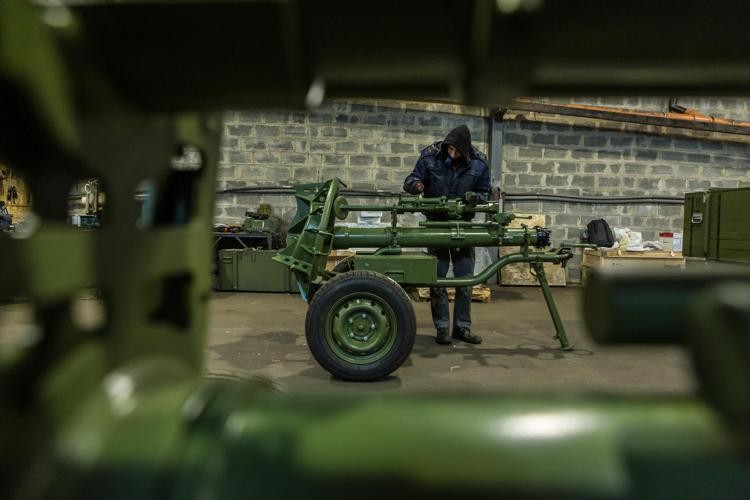 |
| Workers paint mortars at Ukraine Armor, the Eastern European country's largest private arms manufacturer. (Source: Washington Post) |
Before the Russia-Ukraine conflict broke out in February 2022, Kiev barely produced weapons, but now its arms industry is booming.
Factories and facilities are running at full speed to produce artillery shells, mortars, military vehicles, missiles and other important equipment for the conflict.
The "key" to maintaining defense capabilities
At a government meeting in January, Ukrainian Prime Minister Denys Shmyhal said that the number of domestically produced weapons had tripled in 2023 and was expected to increase sixfold this year.
Although Ukraine's domestic arms production is not enough to offset the shortfall in international arms aid, especially from the US, with Washington's $60 billion aid package being delayed, Kiev's domestic arms production industry has become more important than ever.
At a conference in February, Ukraine’s Minister of Digital Transformation Mykhailo Fedorov said that domestic weapons had been effective in the conflict, with long-range drones attacking oil facilities deep inside Russia in recent weeks.
Meanwhile, “sea drones” (underwater unmanned attack ships) have caused serious damage to Russia’s Black Sea Fleet and helped reopen waterways for Ukrainian grain exports.
In addition, Kiev is also producing its own 122mm and 152mm mortar and artillery shells according to Soviet standards. Ukrainian defense companies are trying to meet the army's greatest needs by manufacturing 155mm artillery shells according to NATO standards, which are needed for artillery systems supplied by Western countries.
Responding to AP in December 2023, Ukrainian President Volodymyr Zelensky affirmed that domestic production is the "key" for Ukraine to maintain its defense capabilities. Mr. Zelensky emphasized that "this is the way out", and at the same time, he said that if these wishes are realized, Russia's plans "will end".
Although Ukraine has manufacturing capacity and some raw materials, especially steel, what the military needs now are finished weapons immediately. Maksym Polyvianyi, Deputy General Director of Ukraine Armor, Ukraine's largest private arms manufacturer, said that without the help of Western partners, the Kiev arms industry would not be able to meet the army's needs.
After the collapse of the Soviet Union, Ukraine’s arms industry all but collapsed. Years of mismanagement and corruption, combined with the fact that much of the industry was focused on Russian customers, meant that Kiev had to look abroad for everything from ammunition to fighter jets.
Now, more than two years into the conflict, Ukraine needs everything from ammunition to long-range missile systems, fighter jets and bombers, some of which it cannot produce domestically anytime soon.
Last month, Ukraine’s Minister of Strategic Industries Oleksandr Kamyshin announced that the country had deployed a domestically produced missile with a range of more than 400 miles. Officials said high-precision air defense and missile systems similar to the U.S.-made High Mobility Artillery Rocket System (HIMARS) are also being developed.
However, the high-tech systems Kiev needs to use effectively in conflict will take a long time to produce domestically. “To build and master such a production base will take decades,” Mr. Polyvianyi noted.
Many restrictions hinder the arms manufacturing industry
In recent weeks, Ukraine’s military has lost ground in the east due to a severe shortage of artillery and troops. The situation could get even worse as its weapons stocks dwindle. According to US intelligence, Kiev could run out of anti-aircraft missiles by the end of the month.
As the White House struggles to get a $60 billion aid package through Congress , Ukraine has seen new glimmers of hope. Last week, the European Union approved a $5 billion military aid package, and the Biden administration announced it would send $300 million in aid through “unexpected cost savings” in Pentagon contracts for Ukraine. In addition, a Czech initiative is expected to begin sending some 800,000 artillery shells to Kiev in the coming weeks.
On March 22, French Defense Minister Sébastien Lecornu and his German counterpart Boris Pistorius reached an agreement paving the way for the first Franco-German arms factory in Ukraine. The agreement involves the KNDS land weapons group, which includes the German company Krauss-Maffei Wegmann (KMW) and the French company Nexter. The two giants have agreed to open a subsidiary in Ukraine, which will initially produce spare parts and ammunition, and later complete weapons systems.
However, all of this aid still falls far short of meeting the current arms needs of the conflict-hit Eastern European country. Ukrainian officials say they cannot disclose exact figures on the country's production output due to security concerns.
Many constraints are preventing Ukraine’s industry from increasing its arms production. Oleksandr Zavitnevych, head of the Ukrainian parliament’s security, defense and intelligence committee, said that “the main resource for defense is money,” but the national budget is not enough.
Ukraine’s ability to finance domestic arms production is limited by the investment it can allocate, while Western financial support typically goes toward non-military spending. Officials say Kiev will spend about $5 billion on domestic arms production this year, but all agree that is not enough.
On the other hand, raising taxes is politically risky, if not economically unfeasible, given the country's "dying" economy, where most of its workers are living abroad, fighting in wars, or unemployed.
Ukrainian officials have backed using some of the $300 billion in Russian central bank funds frozen by the West. But even if the money problem is resolved, Kiev still faces a shortage of explosives.
Supply chain bottlenecks and surging international demand have depleted supplies of gunpowder and rocket propellant, making production difficult in Ukraine, Polyvianyi said.
The country is also partnering with Western companies such as Germany's Rheinmetall, Britain's BAE Systems and Türkiye's Baykar. Last month, Rheinmetall agreed to a joint venture to produce 155mm ammunition and rocket propellants. Meanwhile, Kiev is hoping for cheap loans and licenses to manufacture and repair US weapons.
Knowing that Ukraine was ramping up its weapons production, Russia began targeting its rival’s manufacturing plants. Many of the missiles were intercepted, but some were believed to have hit their targets, although Kiev did not publicly announce which factories were hit.
Mr. Polyvianyi said that Ukrainian Armor and other companies have moved some of their production abroad. As a safeguard, companies split production processes or duplicate them and place them in different locations. Some of the critical processes take place underground. But all of this reduces the production capacity of weapons.
Obviously, increasing domestic weapons production is a must for Ukraine to maintain its defense capabilities, however, removing the restrictions that hinder the weapons manufacturing industry is still a difficult problem for this country.
Source




![[Photo] Prime Minister Pham Minh Chinh chairs the Government's online conference with localities](https://vphoto.vietnam.vn/thumb/1200x675/vietnam/resource/IMAGE/2025/10/5/264793cfb4404c63a701d235ff43e1bd)


![[Photo] Prime Minister Pham Minh Chinh launched a peak emulation campaign to achieve achievements in celebration of the 14th National Party Congress](https://vphoto.vietnam.vn/thumb/1200x675/vietnam/resource/IMAGE/2025/10/5/8869ec5cdbc740f58fbf2ae73f065076)






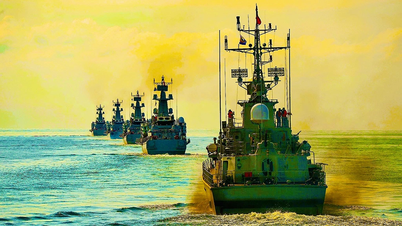


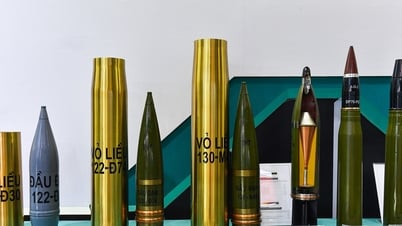

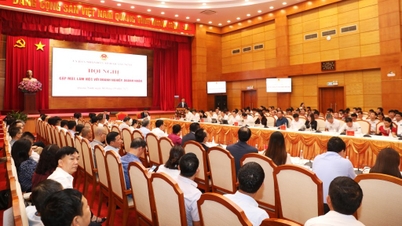

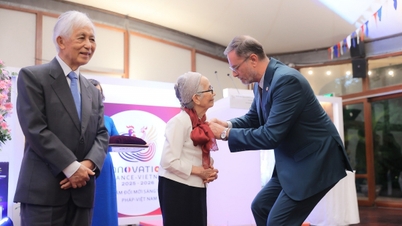
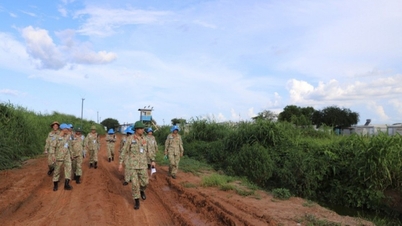


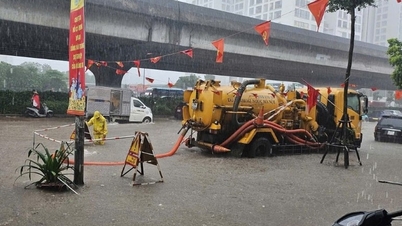




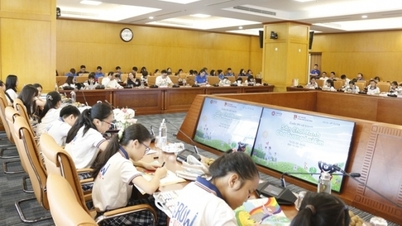
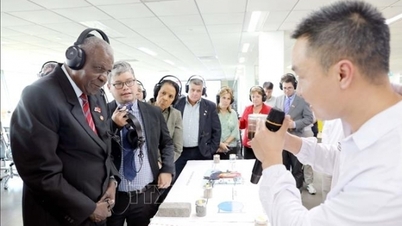
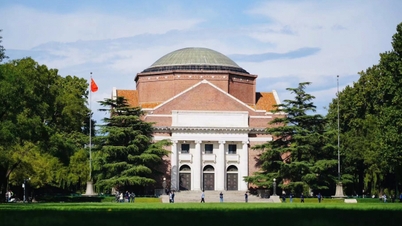

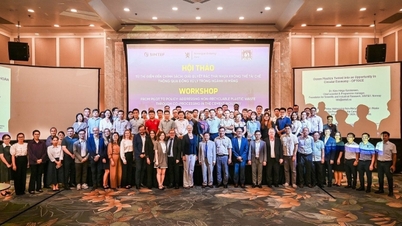
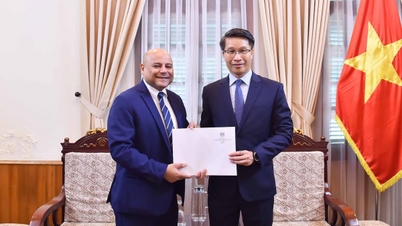






















![[VIDEO] Summary of Petrovietnam's 50th Anniversary Ceremony](https://vphoto.vietnam.vn/thumb/402x226/vietnam/resource/IMAGE/2025/10/4/abe133bdb8114793a16d4fe3e5bd0f12)

![[VIDEO] GENERAL SECRETARY TO LAM AWARDS PETROVIETNAM 8 GOLDEN WORDS: "PIONEER - EXCELLENT - SUSTAINABLE - GLOBAL"](https://vphoto.vietnam.vn/thumb/402x226/vietnam/resource/IMAGE/2025/7/23/c2fdb48863e846cfa9fb8e6ea9cf44e7)

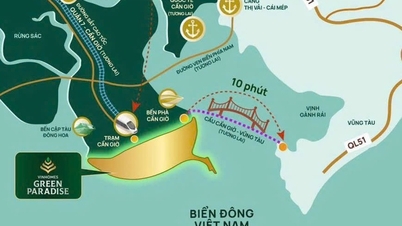
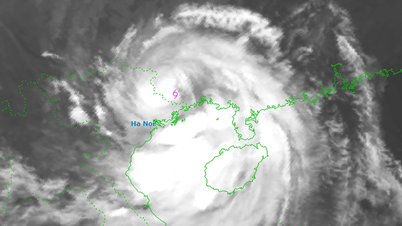

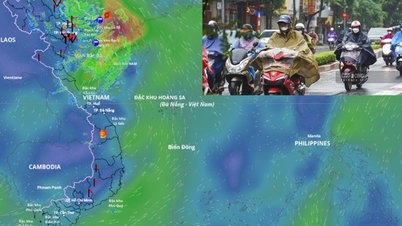









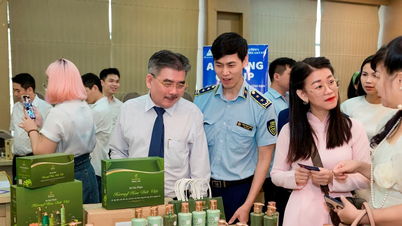
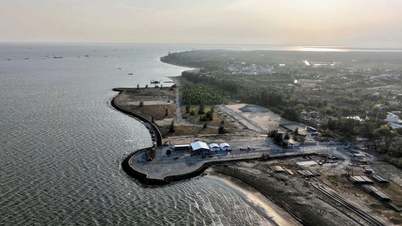
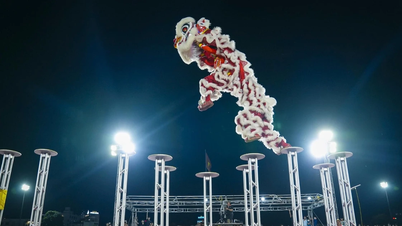

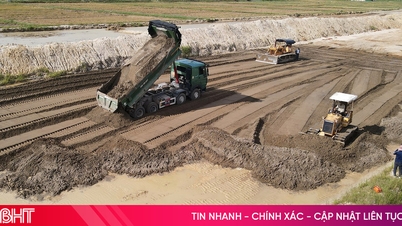

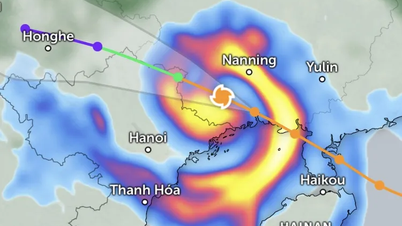














Comment (0)